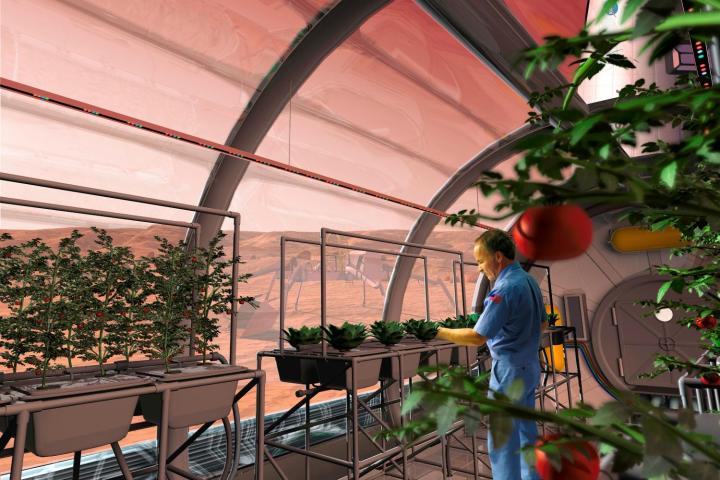
The agency teamed up with University of Central Florida (UCF) professor Sudipta Seal to study Martian soil (regolith) and, hopefully, devise a way to extract metals that could then be used to 3D print a human habitat.
“The regolith on any rocky planet is composed of metal oxides,” Kevin Grossman, a UCF graduate student and NASA intern working on the project, told Digital Trends, “and by electrolyzing them, we can essentially convert dirt into pure metal and oxygen.”
Known as molten regolith electrolysis, the process involves melting soil by heating it to almost 3,000 degrees Fahrenheit. Oppositely charged electrodes on either side of the molten matter then separate the metals from oxygen as each material is pulled toward its preferred electrode.
“Both of these materials are imperative to the colonization of Mars or the moon,” Grossman said. “Oxygen is important for a variety of reasons, the most obvious being that humans like to breathe. The less obvious application for oxygen is as the oxidizer for the propellant needed for said humans to return to Earth.
“This project is focusing on the metal being 3D printed into structural components or small tools,” Grossman continued. “However, future projects may focus on refining the alloy products into base metals such as pure silicon, which will enable the production of electronic components in space.”
Through this research, NASA hopes to promote massless exploration and “in-situ resource utilization” (ISRU), the principle of living off the land instead of lugging resources through space.
“ISRU is not a new concept,” Grossman said. “It has been understood by every explorer and settler in human history, we’re just doing it on the grandest of scales.”
Much of the cost of space missions depends on the weight of the rocket and the goods it carries. As such, the lighter the launch, the more affordable the mission and the more that can be spent on science. With molten regolith electrolysis, astronauts can leave metals — and even a lot of oxygen — on Earth, instead of using metals extracted from Martian soil to manufacture habitats, tools, and equipment while there.
“The added benefit of additive manufacturing from this project also greatly reduces the need for human labor to start the colonization process,” Grossman said. “We can send robots ahead of us to begin construction of human habitats so our colonists already have a comfortable place to stay. A sort of Chateau de Mars, if you will.”


